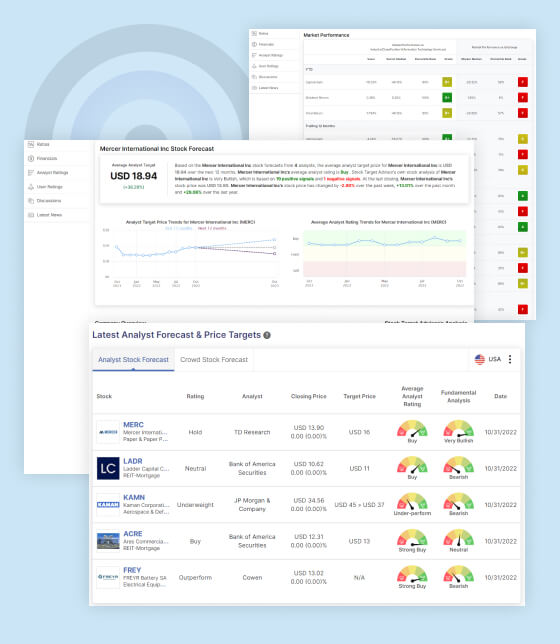Robinhood Inc (HOOD: NSD) is making a bold move to attract more investors. The company has aggressively slashed its margin interest rates, making it a more enticing option for those interested in leveraging their portfolio to make trades.
Robinhood Reduces Rates and Provides a New Advantage:
The new margin interest rates on Robinhood are significantly lower, ranging from 5.7% to 6.75%. This aggressive reduction positions Robinhood as a much more attractive option for margin investors. For example, traders using Charles Schwab, a major competitor, could face rates as high as 13.58%.
This move is a clear strategic play by Robinhood to capture a larger share of the retail investor market. By offering some of the lowest margin rates available, Robinhood hopes to attract new users and encourage existing customers to explore margin investing.
Potential Benefits and Risks:
The lower margin rates could lead to a surge in trading activity on Robinhood’s platform. Increased trading volume translates to more revenue for the company through transaction fees and other means. However, there are also potential risks associated with this strategy.
Margin investing inherently carries more risk than traditional stock purchases. Easier access to borrowed funds, especially at lower interest rates, could tempt inexperienced investors to take on excessive risk. Robinhood has faced criticism in the past for potentially encouraging risky behavior among new traders.
Conclusion:
Robinhood’s decision to cut margin rates is a significant development in the online brokerage landscape. It remains to be seen how this move will impact the company’s growth and user base.
Muzzammil is a content writer at Stock Target Advisor. He has been writing stock news and analysis at Stock Target Advisor since 2023 and has worked in the financial domain in various roles since 2020. He has previously worked on an equity research firm that analyzed companies listed on the stock markets in the U.S. and Canada and performed fundamental and qualitative analyses of management strength, business strategy, and product/services forecast as indicated by major brokers covering the stock.




































